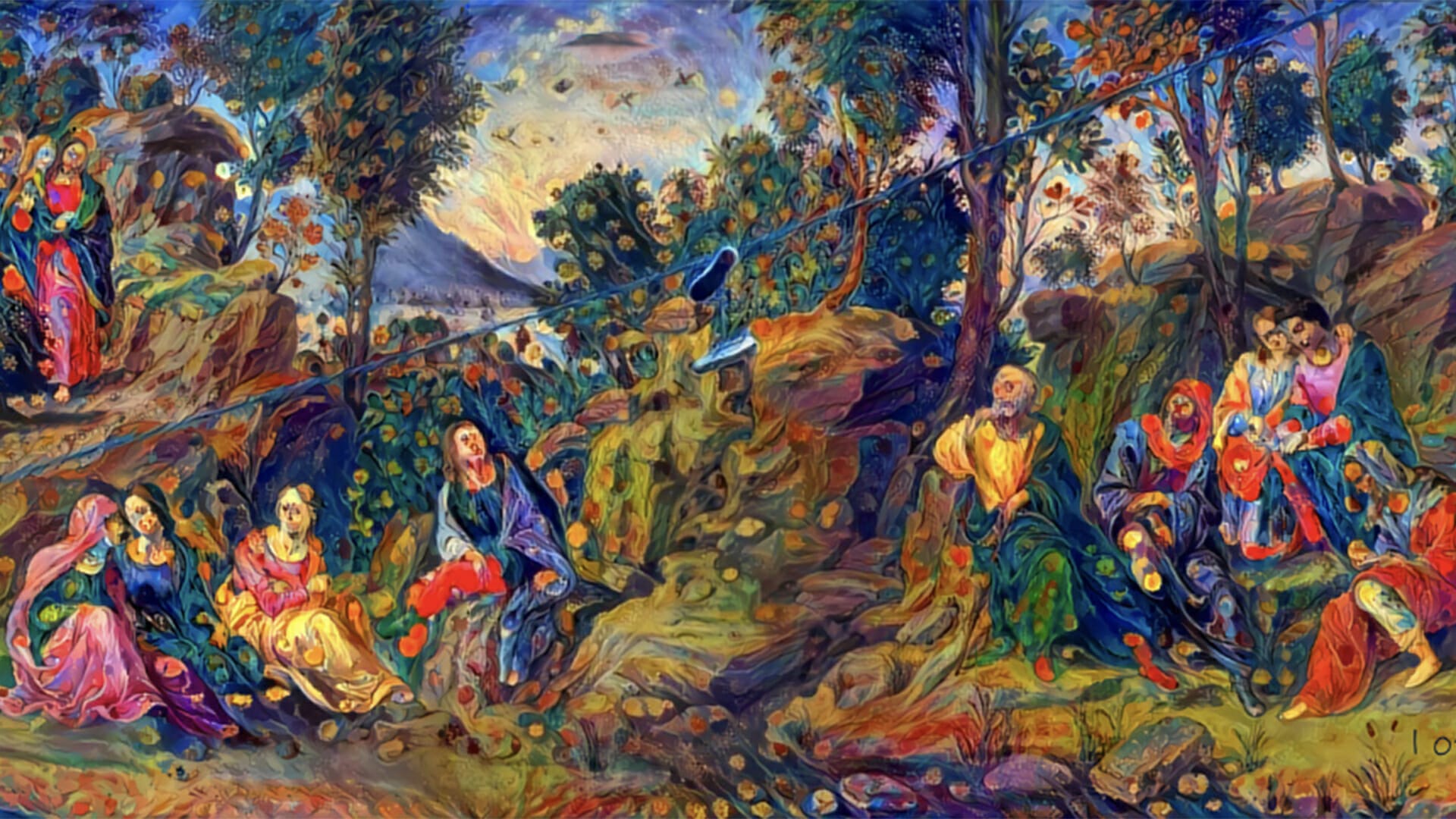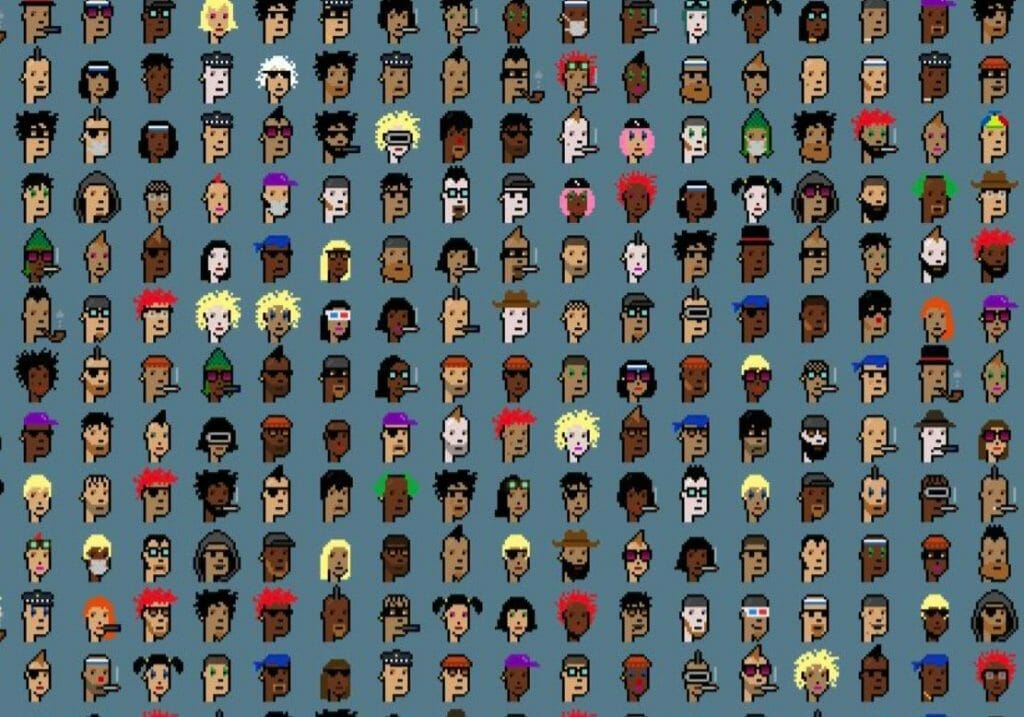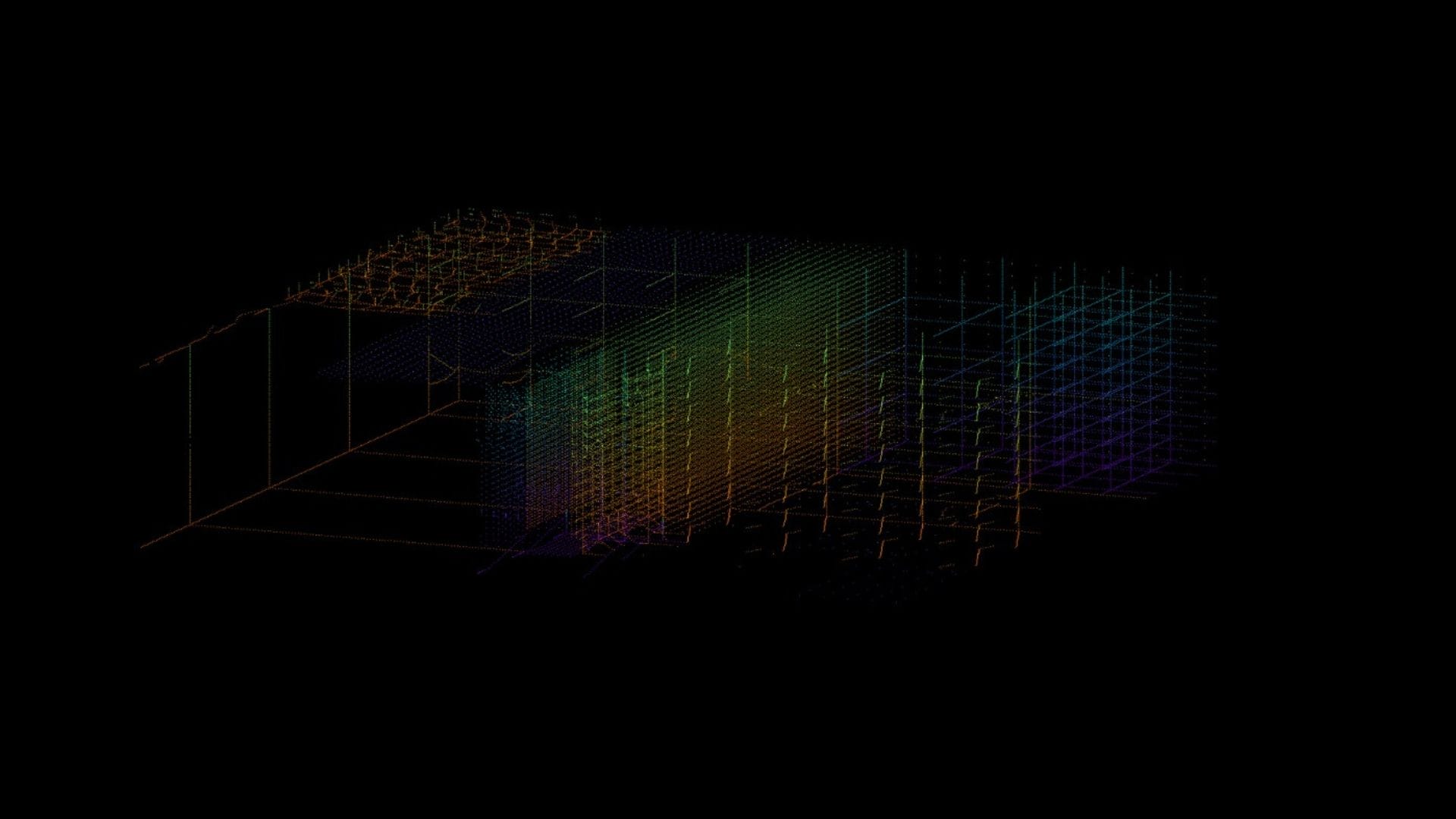
Community, Infinite Games, & Cryptoart
The C-word
Community, community, community. Wtf even is community?
From crypto to whatever the latest meta is, literally everyone will say how important ‘community’ is. In the same breath they’ll then usually explain why their “community” is the best.
Despite all of that though, I’ve yet to hear anyone even attempt a definition of what community actually is.
And to be fair, that makes sense. After all, every real community is unique and different.
Quick pause.
Lest some bozo think I’m about to talk about how real community doesn’t exist, let me be unequivocal: The best communities *in the world today* are digital and increasingly powered by crypto. If anyone tells you otherwise, they’re full of shit.
But before going any further, let me put my neck out there and take a stab at giving a proper definition to community so we can better examine some real communities: Community is any group or collective oriented around a shared infinite game that provides shelter to a range of different participants.

Infinite Games & Community
Let’s unpack this definition starting first with the distinction between infinite & finite games.
An infinite game is anything done simply for the sake of doing that thing in a potentially infinite number of ways. Finite games by contrast are one-off, rule bound events that typically have defined winners and losers.
A single basketball game or full season of La Liga are examples of finite games, while Life, Art & Politics are good examples of infinite games.
With Politics, just like Life & Art, there isn’t a single definitive rule that guides how one should do it. Instead, various approaches and strategies tend to organically emerge and dissolve across time in a cyclical manner.
When newer infinite games are uncovered almost anyone is able to participate. There are no groups with established norms or proscribed approaches blocking entry. Every next move or decision is up to anyone who decides to join in. The locus of legitimacy lies with each and every early participant, at least initially.
By contrast, with a very old infinite game like politics, the locus of legitimacy emanates mainly from more centralized and permissioned groups of participants with established (but not permanent) norms and rules. Still, periodically you see new groups spontaneously emerge, like when new political movements such as the Tea Party or Occupy Wall Street formed.
The formation of these new groups creates by itself creates a new space for others to join, however, typically new groups will create more tangible digital and/or physical spaces (e.g. meeting house, discord server, (private) group chat) for new participants to join that are initially like white canvases for new norms, culture and operating procedure to get colored in on based on who end ends up taking part in the infinite game.
This is the foundational level of communities. It’s this space, this shelter, that participants can feel more at home within and have a sense of ownership & control that real communities can form in and grow out of.

Cryptoart & Community
Cryptoart contains multitudes. It’s simultaneously a new art movement & style that’s defined more by a shared spirit than aesthetic (s/o Sarah Zucker) and a brand new internet- and crypto-powered infinite game. It also represents the future of communities.
Today cryptoart is the result of a combination of two early communities oriented around the infinite game of creating and collecting provably rare digital art: one powered by crypto (e.g. Rare Pepe, Editional, SuperRare, Cent); and the other powered by the internet oriented around early digital art (e.g. Deviant Art, Giphy, Tumblr) that fatefully and forever merged during the Covid Era.
Those early communities incubated the shared spirit of pursuing a new type of art world.
The decentralized and permissionless ethereum blockchain that made cryptoart possible aligned perfectly with the needs of the largely artist-led cohort of participants seeking an exit from the old infinite game of *centralized-permissioned* trad art. Their new digital homes just happened to be a constellation of adjacent digital communication channels instead of ivy clad brick-and-mortar buildings.
It’s interesting to note, however, after analyzing the array of distributed cryptoart communities, that participants have largely self-selected into groups and organizations that mirror the *centralized-permissioned* trad art infinite game. You can see this in the classes of the various cryptoart participants (e.g. marketplace class, artist class, collector class (that can be further segmented to collector DAOs, marketplace-specific collectors, etc…), writer/critic class, tool creator class, producer class, flipper class, scammer class, etc…).
Within cryptoart, centralized organizations and permissioned marketplaces (many from the trad art world!) still exist, but a whole host of tools, groups, and marketplaces that are also fundamentally decentralized and permissionless have proliferated aiding in the relatively swift onboarding of new participants who can either form new community trail heads or join one of the many existing new and active communities – the opposite of what happened to the tea party/occupy movements that were simply re-absorbed into the more powerful groups (i.e political parties) within an old infinite game like Politics.
Another point worth mentioning is how the rapid community proliferation within cryptoart has resulted in a distinct vibe change from the time when participants felt they were *all* part of something early on just a few years ago to today where cryptoart has become a wide open space where many different groups and folks have or are a part of their own things.
Understanding that cryptoart is an infinite game that used to contain a single emergent community that has evolved into a universe of communities orbiting the crypto-powered infinite game of cryptoart is crucial in understanding where it is at today and where it can go heading forward.

What’s next for cryptoart communities?
Community is a living thing that needs a proper home. Every community is different and comes with its own natural limits and laws.
It’s only when we understand what real community is that we can build for and create the conditions that are conducive to further development and growth.
A few years ago in the crypto space a common adage was for everyone to find their own community; but maybe a more helpful approach would be to identify an infinite game you’d like to participate in first and then seek out the community oriented around it that you think can become a homebase for enjoying and participating in it.
As far as cryptoart communities, I’m keen to see more permanent contexts created for participants to reside in that are each aligned in specific ways for specific groups that aid in the participation in the infinite game of cryptoart. Until now most of the communities centered around cryptoart have been fragmented across a disjointed network of discord servers that have served as a makeshift community solution for participants.
This means that I’d expect digital destinations to emerge that can serve as specific home bases to one of the classes of the various cryptoart participants (e.g. artist class, collector class, writer/critic class, tool creator class, etc…). What shape those digital destinations take is undefined. It’s up to us to give it shape and fill it with our spirit.
Matthew
Creative Lead @niftygateway | @mattandrizzshow with @NFTland | Created @theWIPmeetup | Prev. @Cent @Samsung.
You may also like
Inside PXL DEX: How Kim Asendorf Tokenized the Building Blocks of Digital Imagery
In PXL DEX, one of this year’s most talked-about and successful digital art projects, Kim Asendorf
A Sophisticated Dialogue Between Form and Historical Memory at Fluentum
The exhibition “Live Stream,” hosted by Fluentum in Berlin from April 25 to July 27, 202
FW LOG: Editorial Feed No. 008
FW Editorial Feed No. 008 unfolds as a curated exploration of the evolving nexus between digital art




